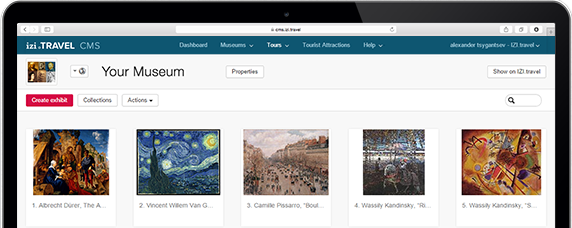Only in English
Town Square
Update Required To play the media you will need to either update your browser to a recent version or update your Flash plugin.
Do you want to experience the real medieval atmosphere of Ljubljana? The Town Square and its surroundings are a great place for that!
As the cobbled street widens into a spacious area, you will find yourself in the vibrant centre of the medieval town, surrounded by amazing architecture. The Town Square is filled with important buildings of the past. Although most of them acquired a new look with prevailing Baroque features, here and there you can still find the remnants of the centuries long gone.
Look to the centre of the square, where a tall obelisk rises 10 metres above the ground. This is part of so-called Robba Fountain, named after its creator Francesco Robba, who found his inspiration in Rome’s Fountain of Four Rivers (Fontana dei Quattro Fiumi). Indeed these two fountains have a lot in common.
The Robba Fountain features statues of three men with jugs. These figures represent the Gods of three rivers in Slovenia: Krka, Sava and Ljubljanica and the steps that lead to the fountain symbolize the mountains of the Slovene region of Carniola. The Robba fountain in Town Square is, however, only a replica and the original of this marble work of art can be found in the National Gallery.
Several metres from the Robba Fountain you will see a building with stairs leading towards it and a clock tower. It is the Town Hall, which is a good example of the changing architecture of the square. The façade, although nicely decorated reflecting Venetian influences, may seem a bit stern. But don’t be discouraged to walk inside for you will find yourself in a different world. The interior is indeed the most impressive part.
In the entrance hall you will find some remnants of the original 15th century town hall, like the late Gothic plaque with the coat-of-arms. Pass next to the guard desk to see the Statue of Hercules dating from the 17th century. A little further you will find yourself in a courtyard surrounded by richly decorated arcades. One of them depicts the symbol of Ljubljana - a dragon on the top of the castle, on another there is a monumental engraving of the plan of medieval Ljubljana. The Town Hall also hides another, smaller Baroque fountain created by Francesco Robba. It is the Fountain of Narcissus. There are regular art expositions held in the Town Hall.
The other buildings in the Town Square are also quite imposing. Opposite the Town Hall there is the Souvan House dating from the 17th century with reliefs portraying art, agriculture and commerce on the façade. A light yellow building num. 5 serves as the City Gallery, which is also worth visiting.
As the cobbled street widens into a spacious area, you will find yourself in the vibrant centre of the medieval town, surrounded by amazing architecture. The Town Square is filled with important buildings of the past. Although most of them acquired a new look with prevailing Baroque features, here and there you can still find the remnants of the centuries long gone.
Look to the centre of the square, where a tall obelisk rises 10 metres above the ground. This is part of so-called Robba Fountain, named after its creator Francesco Robba, who found his inspiration in Rome’s Fountain of Four Rivers (Fontana dei Quattro Fiumi). Indeed these two fountains have a lot in common.
The Robba Fountain features statues of three men with jugs. These figures represent the Gods of three rivers in Slovenia: Krka, Sava and Ljubljanica and the steps that lead to the fountain symbolize the mountains of the Slovene region of Carniola. The Robba fountain in Town Square is, however, only a replica and the original of this marble work of art can be found in the National Gallery.
Several metres from the Robba Fountain you will see a building with stairs leading towards it and a clock tower. It is the Town Hall, which is a good example of the changing architecture of the square. The façade, although nicely decorated reflecting Venetian influences, may seem a bit stern. But don’t be discouraged to walk inside for you will find yourself in a different world. The interior is indeed the most impressive part.
In the entrance hall you will find some remnants of the original 15th century town hall, like the late Gothic plaque with the coat-of-arms. Pass next to the guard desk to see the Statue of Hercules dating from the 17th century. A little further you will find yourself in a courtyard surrounded by richly decorated arcades. One of them depicts the symbol of Ljubljana - a dragon on the top of the castle, on another there is a monumental engraving of the plan of medieval Ljubljana. The Town Hall also hides another, smaller Baroque fountain created by Francesco Robba. It is the Fountain of Narcissus. There are regular art expositions held in the Town Hall.
The other buildings in the Town Square are also quite imposing. Opposite the Town Hall there is the Souvan House dating from the 17th century with reliefs portraying art, agriculture and commerce on the façade. A light yellow building num. 5 serves as the City Gallery, which is also worth visiting.
Download the free izi.TRAVEL app
Create your own audio tours!
Use of the system and the mobile guide app is free


